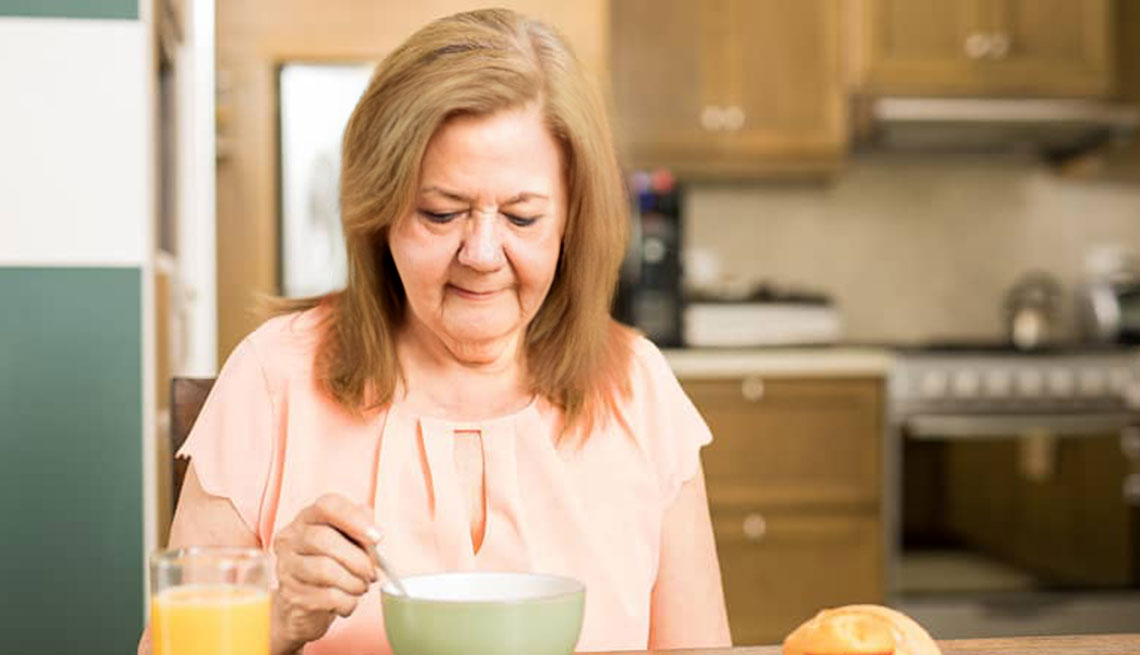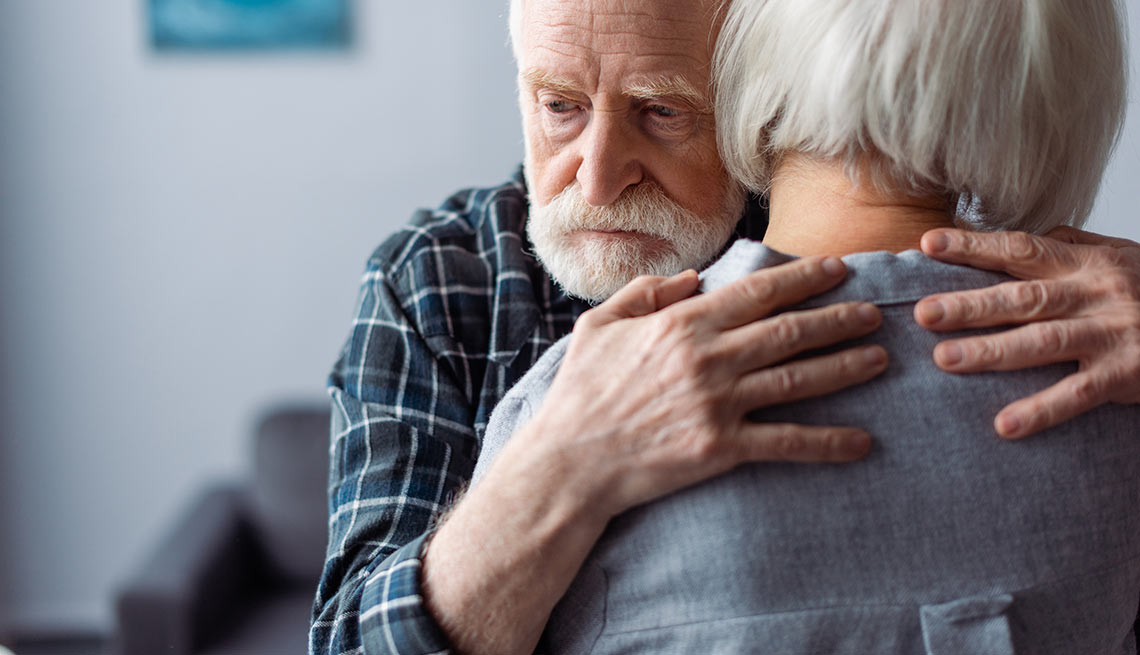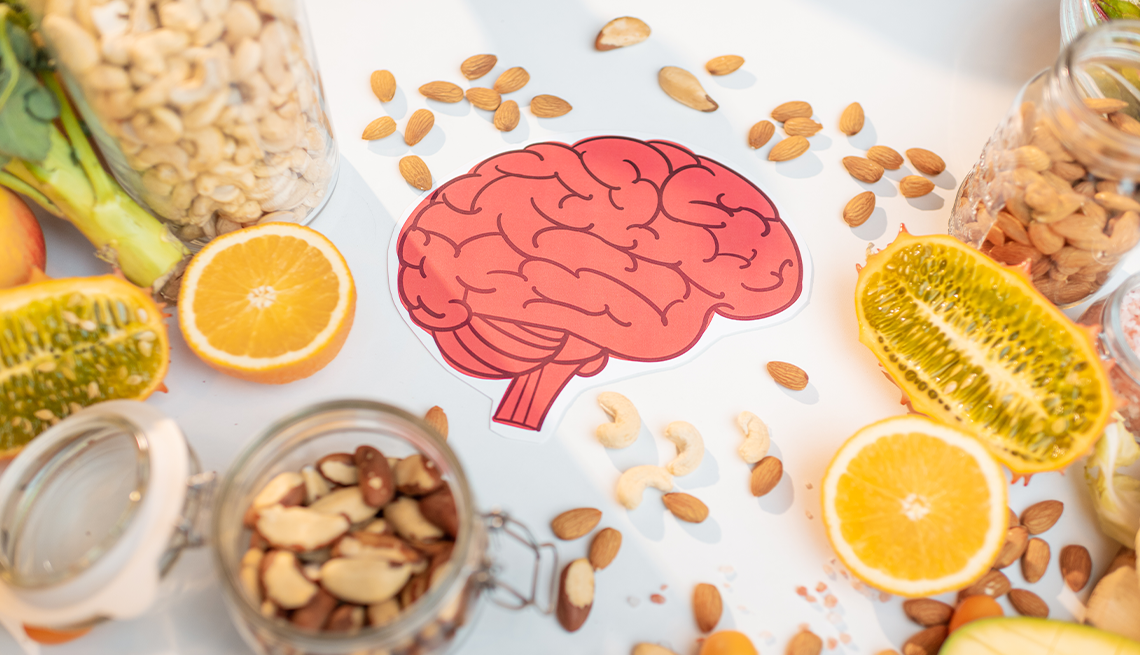It’s a time to be together with family and friends. The scent of pine, the smell of spices from the kitchen and gathering around the tree bring about memories of childhood. Shopping, planning parties and the arrival of Santa become high priorities. We get so busy we forget to reach out to others having a less positive experience.
Christmas really isn’t a season, it’s a feeling. The feeling is silent but strong. You don’t see it, you feel it. “Feelings” are emotions bound up in the reflection of the holidays. They can include, among others: peace, joy, happiness, warmth, togetherness, excitement, gratefulness, sharing, memories and love. Reflection can emphasize the absence of positive emotions, often bringing about loneliness, despair, unhappiness, sadness and emptiness. We naturally think of the past and everything that has any importance to us during the holiday season. If there are great losses or pain associated with those important things, it results in one losing touch with the magic feelings of Christmas. When folks experience overwhelming trouble and uncertainty, depression develops. When one is shut in, alone or ill, far away from family and friends or perhaps with no family at all, it’s a lonely feeling. Aging and ill, facing the end of life, one can often feel despair and sadness. Without a place to call home or even a warm winter coat, it’s difficult to overcome fear to conjure up cheerful holiday feelings. Hurt and anger can bring disillusionment.
At its best, Christmas gives us all the opportunity to pause and reflect on the important things around us in the moment. When we feel grateful for the best things in our lives, we feel blessed. When we feel blessed, we feel we have something to share with those less fortunate. We experience the true meaning of Christmas when we freely give the gift of love to those who need it most. It takes so little to create a moment of hope in someone’s life. Love by way of hope understands it’s not how much we give, but the love we put into the giving. How can we apply this gift of love through hope to the world around us all the time?
The past year has been a challenge to all of us, some more than others. Due to COVID, we have experienced long periods of quarantine, fear and confusion. Many families have suffered separations from each other. The elderly and disabled living alone or in nursing homes have endured the frustration of isolation. Friendships, as well as businesses, have closed down. More people have become displaced and even more have had to rethink their livelihood. Our children’s small worlds have been turned upside-down while the larger population experienced over five million deaths.
When we face extraordinary traumas, in addition to the stresses of daily living, the pressure can sometimes become a wedge that drives people farther apart instead of closer together. We often misplace “Christmas hope through love” that unites us. The list of hardships we have endured in 2020 is long. But if we remember what unites us, we will find strength to face future uncertainties. How we face the future is up to us, moving into 2021. The key is to remember that “Christmas is forever, not for just one day . . . For loving, sharing, and giving are not to be put away.” (Norman Wesley Brooks) Putting into action the “true feeling” of Christmas will lead us back to peace and joy.
“Blessed is the season which engages the whole world in a conspiracy of love.” (Hamilton Wright Mabie) Love is the only conspiracy that is truly worth recognition or sharing. It’s the “feeling” that brings us closer to understanding our family, friends and fellow citizens. The beautiful “feeling” of Christmas can be overshadowed by less worthy feelings. Some that come to mind are: dishonesty, greed, selfishness, alienation, fear and trepidation. By reaching out to others in faith, hope and love . . . offering the fire of hospitality, we can build bridges over the “river of time.” With the genial flame of charity straight from our hearts to others we can solve problems together we thought unsolvable. Only the “Christmas feeling” will allow us to heal from the hurts of yesterday to regain faith for the future. Rosie Thomas said, “Christmas works like glue, it keeps sticking us together.” It’s the joy of true happiness that comes from putting other’s well-being before our own without judgement or prejudice.
Where do we begin to share the positive “feelings” of Christmas? You’ll find the answer by putting love in action. Where is the action around you? Where do you see a need? Do you see that lonely child sitting at the edge of the playground? Are you aware of the elderly lady who lives alone at the end of the block? Did you see the gentleman shivering while pulling his thin sweater tighter around himself? Did you lend support to the co-worker who was having a bad day? Can you spare an hour to listen to a troubled friend? Do you have a spare bedroom for a run-away, troubled teen? Does that young mother need a few hours for a nap to renew her energy and patience or food to feed her young children? Were you the arbiter of truth when you heard rumors causing trouble? Did you speak to others with arrogance, anger or resentment? Opportunities are like snowflakes. Each one is unique and fleeting. Reach out and grab the ones floating nearest you.
Pope John XXIII reminds us, “Mankind is a great and immense family. This is proved by what we feel in our hearts at Christmas.” We should ask ourselves, “What am I feeling in my heart this Christmas?” The world has grown weary through the years with the pretense of love, for it is truly Christmas love that holds all time together.
The Christian faith celebrates Christmas because of the birth of Christ. In his older years, he taught, “Thou shalt love the Lord thy God with all thy heart, and with all thy soul, and with all thy mind. This is the first and great commandment. And the second is like unto it. Thou shalt love their neighbor as thyself. On these two commandments hang all the law and the prophets.” (Matthew 22:37-40)
There are four unique forms of love found in Scripture which are communicated through four Greek words (Eros, Storge, Philia, and Agape) and are characterized by romantic love, family love, brotherly love, and God’s divine love. God’s sacrifice of Christ demonstrated his deep, selfless love for the people. It is demonstrated by seeing someone at their most vulnerable, often lowest point, and reaching out your hand to help them get back up. It’s realizing there’s someone out there that you don’t normally think twice about caring for, but caring for them becomes as involuntary as breathing.
The primary message of 1 Corinthians is evergreen (for all time) . . . Paul seeks to represent Jesus’ new way of live to the communities. The followers of Jesus are held to a high standard of integrity and morality. Paul seeks to show them the way as seen through the lenses of the Gospel message.
A few of my favorite passages are:
“Love is patient, love is kind. It does not envy, it does not boast, it is not proud. It is not rude, it is not self-seeking, it is not easily angered, it keeps no record of wrongs. Love does not delight in evil but rejoices with the truth.”
(1 Corinthians 13:1)
“Three things will last forever–faith, hope and love–and the greatest of these is love.”
(1 Corinthians 13:13)
Christmas is indeed a “feeling” that mandates a commitment to faith and hope fulfilled by love that lasts beyond the few days of the holiday season. It’s eternal. In the famous words of Dr. Seuss,
“Christmas will always be, as long as we stand heart to heart and hand in hand.”











